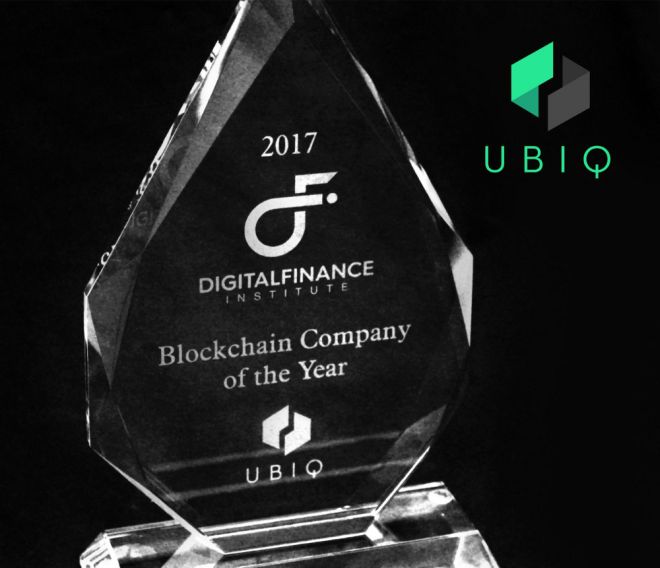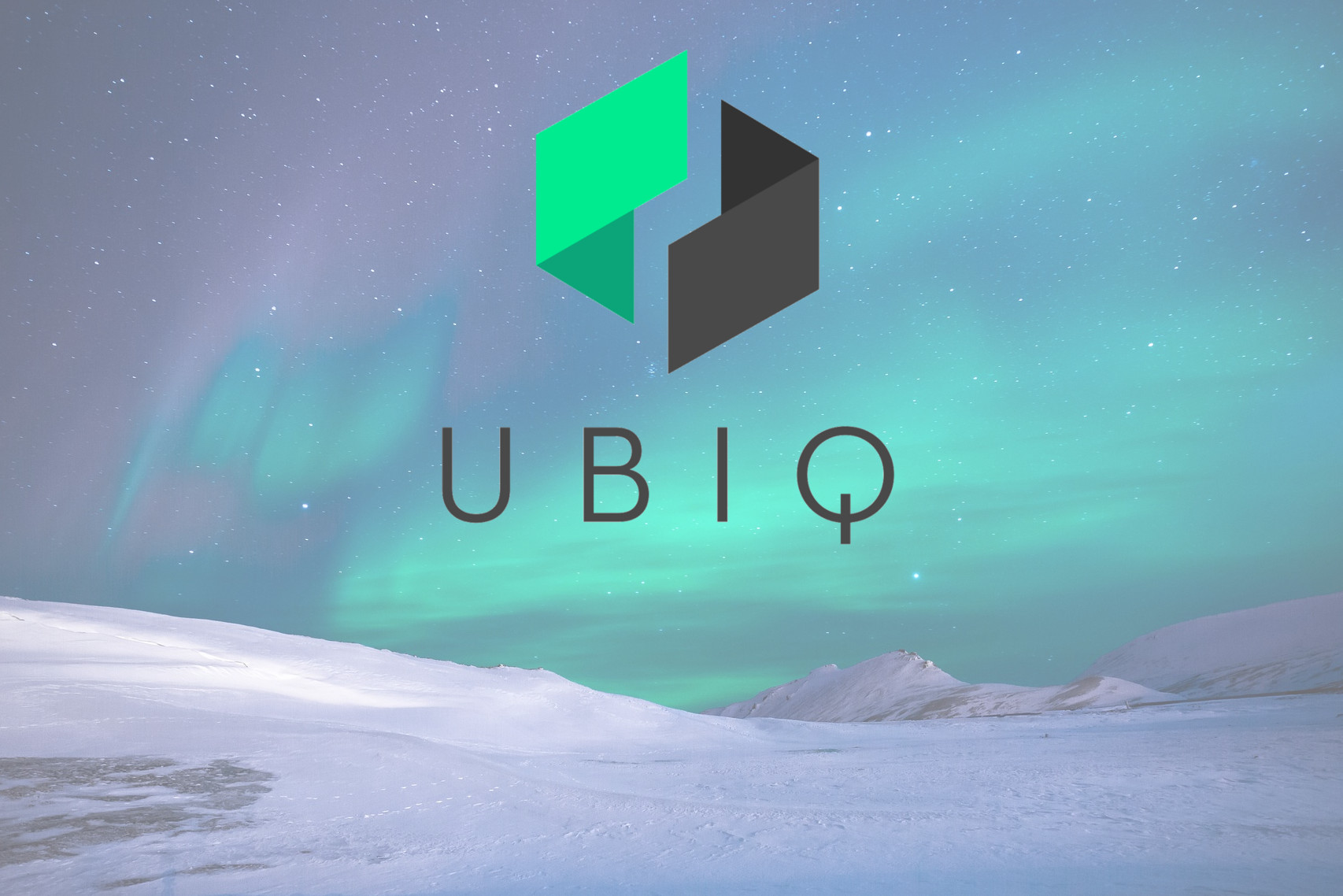Emerging technology can be a risky venture. Each update promises innovative new features, but they can also lead to broken apps and fresh security holes.
If you’re an individual or a small business that relies on a blockchain platform for everyday activities, hard forks and network attacks are a frustrating inconvenience. If you’re a large company with seven-digit investments, any interruption can be devastating.
Ubiq arose in 2017 as an attempt to provide a stable alternative to cutting-edge decentralized app platforms. Everything about Ubiq is built for long-term reliability, making it a potentially valuable resource for enterprise-level companies that value stability and security above all else.
What is Ubiq?
Ubiq bills itself as a smart contracts platform that focuses on stability and automation. While other dapp services try to outdo each other with experimental ideas and unproven technology, Ubiq wants to keep things as reliable as possible.
Ubiq’s core is a modified Ethereum code base with a couple of important changes. The first is the Flux Difficulty Algorithm, a feature designed to dynamically adjust the hash rate to guard against network attacks. This lets Ubiq refocus the difficulty target every block, reacting to changes by analyzing timestamps of previous blocks to keep the time average at a reasonable level.
Mining pools and cryptocurrency exchanges can use Ubiq’s Exponentially Subjective Scoring feature to help prevent double spending. If adverse network conditions are detected by the protocol, ESS will exponentially reduce the window where double spending would take place, cutting out bad actors before they have a chance to move.
The Ubiq team also wants to diverge from Ethereum by sticking with proof-of-work for as long as it remains viable. Ethereum will eventually make the switch to proof-of-stake, but Ubiq won’t even consider it until 2019, and then only if the advantages far outweigh the drawbacks.
History of Ubiq
A side effect of Ubiq’s dedication to stability is that major events are few and far between. The project’s history doesn’t have a lot of spectacles—just a few partnership announcements, community projects, and news updates.
Unlike many blockchain projects, Ubiq never had an ICO. The platform started quietly with team members donating their time to create the initial fork. The network went live in January 2017, and this has been followed by regular quarterly updates ever since.
Spectrum, the official Ubiq blockchain explorer, was relaunched in mid-2017 with a faster and cleaner interface. The API service gives quick access to transaction details for exchanges and individuals, allowing easy reference and integration for contract data and other dapps.
In late 2017 Ubiq partnered with New Zealand-based Cryptopia to list UBQ on the exchange. As with other exchanges, trading is limited to UBQ/BTC pairs. More interesting than the listing is the fact that the Ubiq platform will soon host Cryptopia’s NZDT token. NZDT is intended to function like Tether (USDT) does for U.S. dollars, making it easier to hold and trade New Zealand fiat with cryptocurrencies.
Hardware wallet support was added for both Ledger and Trezor devices in mid-2017. Users can store UBQ on Ledger Nano S, Ledger Blue, and Trezor, using Pyrus or MyEtherWallet to manage keys.
Ubiq’s Minimal Team
A lot of modern blockchain projects employ teams of a dozen or more developers, marketing staff, analysts, and so on. Ubiq sticks with less than half a dozen team members, almost all of whom are developers with deep experience in the technology industry.
Founder Julian Yap is a systems engineer formerly with Blocktech and Decred. Somewhat famously, Ubiq isn’t Yap’s main job—he’s actually a full-time coin code reviewer with Bittrex. The arrangement is ultimately a good thing for Ubiq, Yap announced in a blog post, despite how unusual it sounds.
Other developers on the Ubiq team include Luke Williams, creator of Iquidus Explorer and technical director for KryptoTech; Kris Hansen, an experienced financial systems developer; and Aldo Borrero, an Android and blockchain fanatic with a banking industry background. Alex Sterk serves as CEO of Ubiq Technologies and is community manager for the UBQ cryptocurrency.
It’s worth noting that Ubiq’s team isn’t sitting on a mountain of crypto cash from pre-mining or ICO funding. They obtained their UBQ in the same way as everyone else. This makes them more invested in the long-term success of the project.

Ubiq was named ‘Canadian Blockchain Company of the Year’ in 2017 by the Canadian Fintech Awards.
UBQ
Ubiq’s platform token, UBQ, is a relatively quiet coin that rises and falls with the tide of the market. Because Ubiq itself doesn’t go through a lot of evolution, the token doesn’t experience any unusual rises or drops in value.
At the time of writing, UBQ is listed on four exchanges: Upbit, Bittrex, Cryptopia, and LiteBit. The former two account for over 99% of the coin’s trading volume. The official wallet for UBQ is Pyrus, which can store data on Ledger, along with Sparrow, a browser plug-in based on Metamask, and the desktop wallet Fusion.
A potential boon for UBQ was the early 2018 addition of the token to the CoinPayments system. Anyone using the service can accept a wide variety of altcoins for shopping and online services. Adding UBQ to the list could give it a boost in recognizability.
What the Future Holds for Ubiq
Ubiq may be a calm and collected blockchain project, but it’s not without a few exciting developments on the horizon.
The Ubiq development funding program has amassed over 20 BTC, all of which is marked for new project proposals by the community. The system will launch a test page by the end of April 2018, with official proposals opening up the following month. This could inject some excitement into the platform as a whole, not to mention foster a stronger sense of ownership between Ubiq and the community.
Escher (ESCH) airdrops are another ongoing event Ubiq users look forward to. The token is a tool for governance that will be given to UBQ holders on a quarterly basis. ESCH essentially lets active community members vote on where development funding should be spent as well as new feature ideas and group proposals.
The Ubiq team is working on creating resources for the Vyper smart contract language, a version of the EVM framework with a Python-like structure. Ethereum’s Solidity is the most popular smart contracts language, but with Vyper as a viable alternative, Python programmers will have an easier time migrating their skills to dapp development. These resources will be made available throughout mid-2018 as they are completed.
Another big development for Ubiq’s near future is the announcement of a working relationship with the Einstein Exchange team. Ubiq is building a proof-of-concept tokenized share structure for the company’s parent, Einstein Capital. The Ubiq blockchain will soon provide private company governance for over 100 shareholders, recording stock options and related data on its decentralized ledgers. The team believes this is the perfect way to illustrate the power of blockchain for enterprise-level transactions and data storage.
There’s also the matter of PoW vs PoS. Ethereum, the second largest cryptocurrency by market cap, is making the switch to PoS in 2018. This could leave a lot of miners with GPUs collecting dust. They’ll be on the lookout for new, possibly long-term projects, and Ubiq might fit the bill.
Long-Term Stability
Ubiq wasn’t created to be an Ethereum-killer, nor is it an attempt to cash in on blockchain mania. The project was launched to provide a stable dapps platform that enterprise-level businesses could rely on for years. Automation they can set and forget, smart contracts that aren’t broken by monthly hard forks.
So far Ubiq has stayed true to its goals. Some changes are coming in the near future, but the team has given every indication they know how to proceed with measured caution. It’s a delicate balance to keep a platform updated with security patches while maintaining a solid and compatible foundation. If Ubiq pulls this off, it could be a reliable platform businesses use for years to come.

